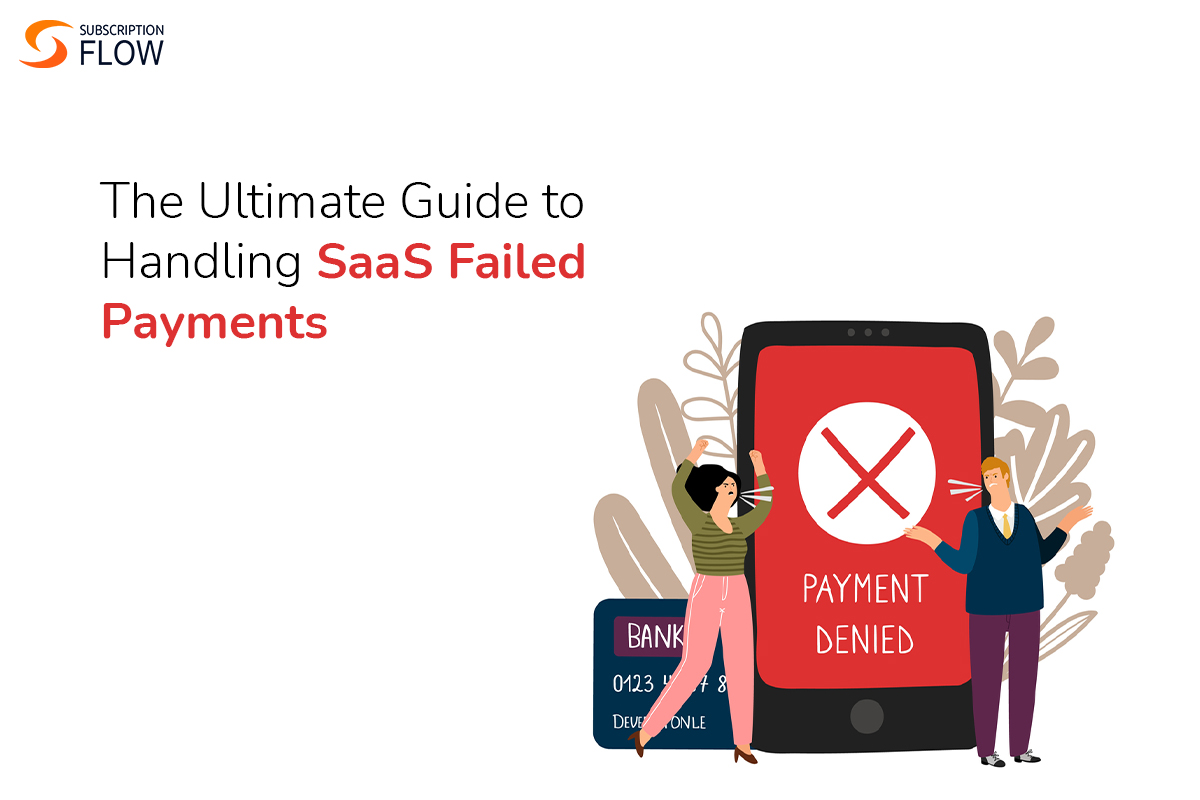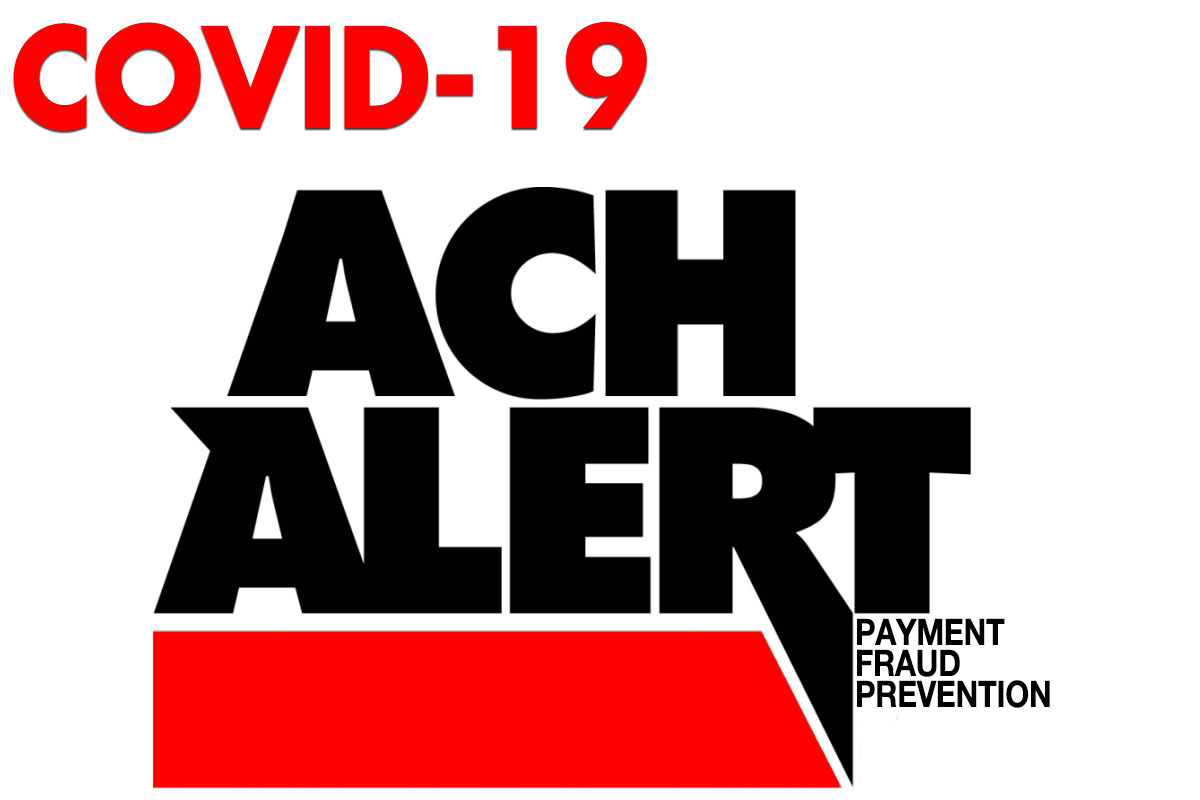
The Ultimate Guide to Handling SaaS Failed Payments
As the SaaS market continues to grow more competitive, customer acquisition can prove challenging and expensive. This is why growth-oriented businesses know the importance of paying attention to customer retention. A study by Bain & Company, reports that a 5% increase in customer retention can increase revenue by 75% which is a testament to the fact.
Involuntary churn caused by payment failures is particularly painful because it represents revenue loss that could have been prevented. This is why effective management of SaaS failed payments is critical to optimizing customer retention.
In this blog post, we’ll provide a comprehensive overview of the reasons behind SaaS failed payments, the different types of payment failures, and actionable steps recommended by industry experts to prevent and manage this issue.
Some Reasons behind SaaS Failed Payments
Processing a payment involves many different moving parts including a payment gateway, processor, card network, and issuing bank. Each of these parties must independently approve the transaction for funds to be transferred into the recipient’s account.
However, because of the sensitive nature of payment data and the prevalence of fraud, these entities have strict security measures in place, which can sometimes reject even legitimate transactions. Any break in the chain will cause a payment to fail.
It would be impossible to list every reason behind payment failure, but listed here are some common reasons behind SaaS failed payments:
- Insufficient funds in the payer’s account.
- Incorrect payment details, such as wrong card number, expiration date, or security code.
- Card has been reported lost or stolen.
- Card has expired.
- Payment gateway or processor error.
- Network connectivity issues.
- Anti-fraud measures triggered by the bank or payment processor, leading to a declined transaction.
- Exceeding transaction limits set by the card issuer or the payment processor.
- Bank account closed or frozen.
- Payer’s card or account flagged for suspicious activity.
Soft vs Hard Payment Failures
Based on the reason behind the payment failure, they can be categorized as soft or hard declines.
- Soft declines are glitches such as those associated with poor network connectivity and payment processor/gateway unavailability. As these are caused by bad timing and operational glitches, they can easily be recovered by retrying the payment at another time.
- Hard declines are caused by issues such as expired cards and insufficient funds, that need intervention by the customer to resolve. For this reason, they are harder to recover through retries alone and necessitate smart dunning strategies.
Prevention: Before SaaS Payment Failure
The importance of proactive decision-making in the payments space cannot be overemphasized. The trick to optimizing failed payment recovery is to prevent them from happening in the first place. The following tried-and-tested strategies can help your SaaS company achieve this:
1. Pre-dunning Strategy
Dunning is the process of sending out progressively more aggressive email reminders to persuade your customer to update their payment information to enable a successful payment retry.
Pre-dunning takes place before a failed payment when the system flags a payment method for a high risk of payment failure, as in the case of a card with an upcoming expiry date. Although an aggressive approach, any customer who wishes to stay serviced will take action and nip the failed payment in the bud by updating their payment details.
2. Alternative Payment Methods
Encouraging and incentivizing subscribers to keep an alternative payment method on the books in the event of a payment failure, also increases the odds of payment success. This can easily be achieved by integrating your subscription management system with a robust and versatile payment gateway that offers a variety of payment methods to your customers.
Read More: PayPal vs Braintree: Which Payment Processor is Better for Your Business?
3. Account Updater
Utilizing a service such as an account updater that automatically updates expired credit cards can drastically improve your payment success rate. Some payment gateways, including Braintree and Stripe, also collaborate with card networks to offer this service. This may be worth considering when selecting the right payment gateway for your SaaS payments. Furthermore, some regions such as Latin America that do not use account updaters have alternative services available to achieve the same end goal.
Read More: How Account Updater Is Helping SaaS Businesses Worldwide
4. Tag Recurring Revenue
Sometimes recurring payments by SaaS subscription enterprises can be mistaken for fraudulent activity. Tagging these repeat transactions as recurring in your payment gateway/processor makes it less likely for security features to mistake them for fraud in the future. This simply involves supplying relevant information at the time of authorization, so when the payment method is charged, it is already established as a safe transaction.
Intervention: After SaaS Payment Failure
Despite your best efforts to prevent subscription payment failure, it is inevitable that some payments will still fail. The following actionable steps can be useful in recovering a failed payment:
1. Strategic Retries:
If a payment fails with no notice from the customer that they wish to leave, you must try to save them from churn. Payment retries are the most logical first step. However, strategic retries for failed payment recovery necessitate a bit of deep data diving.
At the Subscription Show 2022, Matt Wegner, VP of Global Payments and Risk at Adobe, recommended optimizing the day-of-week and time-of-day for retries, to improve the odds of successful recovery. The former is particularly useful for payments that fail due to insufficient availability of funds, one of the most common causes of payment failure. By opting for retries near typical paydays, this category of failed payments can be easily recovered.
Similarly, data suggests that approval rates go down during nighttime when security features are working overtime to fight fraud. By optimizing the start of your batch job to be conducted during the day to the maximum possible extent, you can get the most out of the retry strategy.
Read More: Top Strategies to Manage Subscription Payment Failures
2. Smart Dunning Strategies:
As previously mentioned, dunning can be an effective way to recover customers who involuntarily churn. However, it is important at this stage to segment your users based on the reason behind payment failure, as well as, their payment history, product usage, payment method, etc. This allows you to tailor the dunning strategy to maximize the chances of a successful recovery.
Moreover, by tracking your dunning strategy, it can be further fine-tuned. SubscriptionFlow, a subscription management platform allows you to automate dunning and implement smart dunning strategies. In this way, it can be a powerful tool to optimize the recovery of SaaS failed payments to boost your bottom line.
In conclusion, SaaS businesses that prioritize customer retention understand the importance of managing failed payments effectively. While there can be several reasons for payment failure, SaaS businesses can maximize revenue by implementing proactive strategies such as pre-dunning, alternative payment methods, account updater, and tagging recurring revenue.
After a payment failure occurs, strategic retries including optimizing the day and time of retries, and smart dunning can be beneficial in recovering payments. It is critical for SaaS businesses to prioritize the prevention and recovery of failed payments to improve customer retention rates and accelerate revenue growth.










